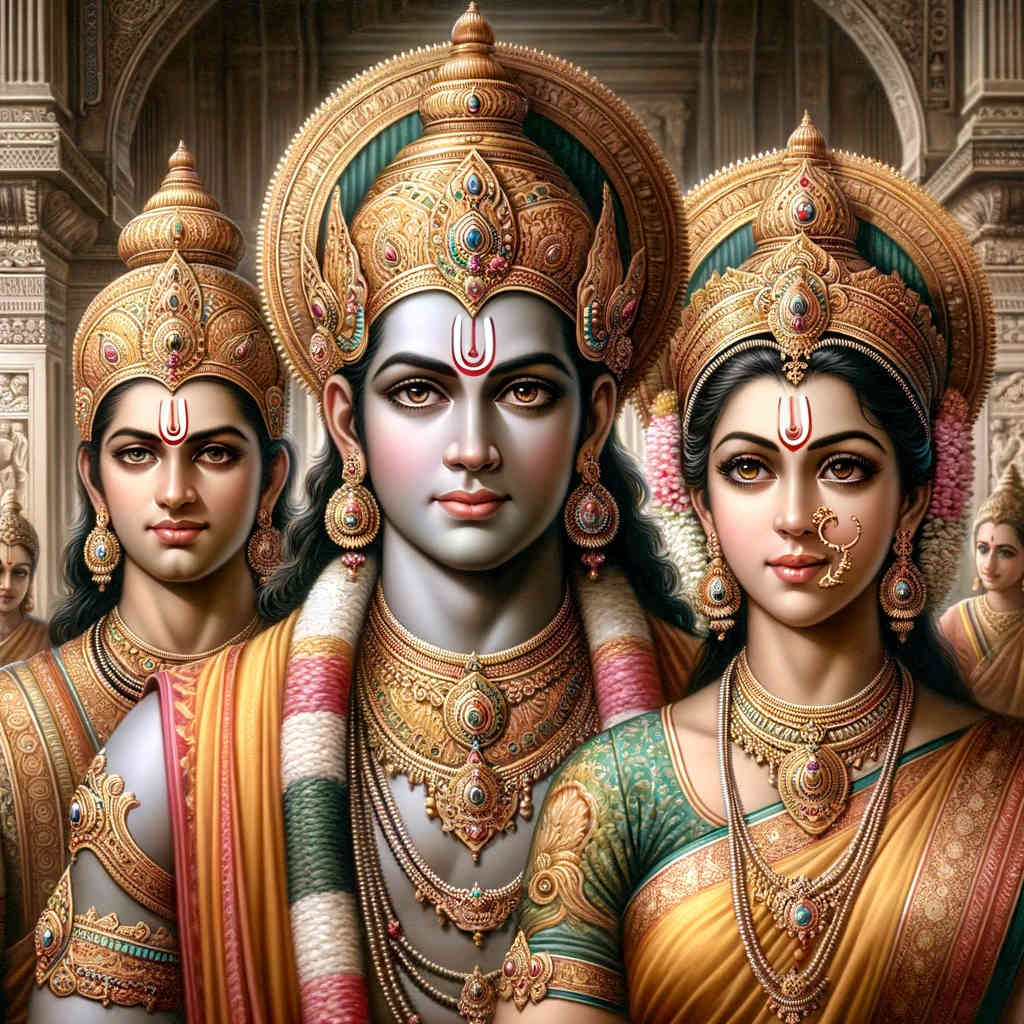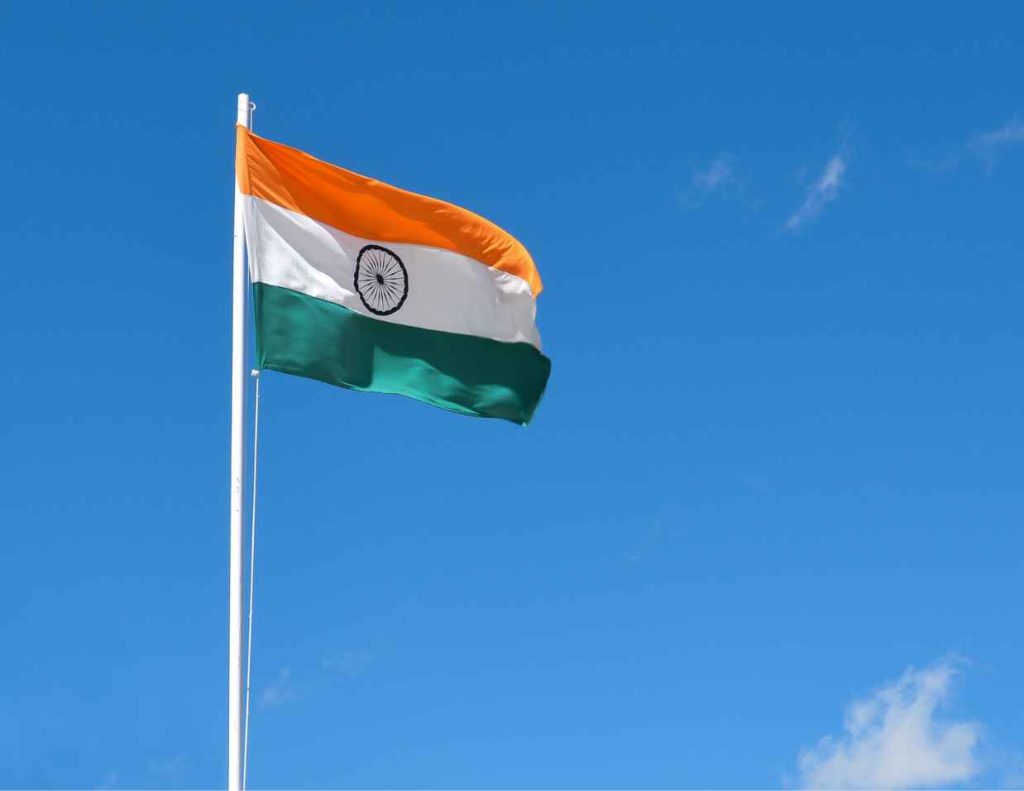Lord Rama Prana Pratishtha

The historic day of Lord Rama Prana Pratishtha on January 22, 2024 has finally arrived after five hundred years of wait. The barbaric Mughal invadors broke the Rama temple and built a mosque five hundred years ago. In a historic and spiritually significant event, Pran Pratishtha (consecration) of Lord Ram’s idol in the newly constructed temple in Ayodhya has emerged as a powerful unifying force among Hindus worldwide.
Prime Minister Narendra Modi has played a pivotal role in the realization of the Ram Temple in Ayodhya, a project that carries deep religious, cultural, and political significance in India. His involvement in this historic undertaking has been instrumental from both a political and a societal perspective.
For more than five centuries, the story of Lord Rama’s return to Ayodhya, his birthplace, has been a subject of immense historical, religious, and cultural significance in India. This prolonged journey is not just a tale of time but also a complex interplay of faith, politics, and societal changes that have shaped the narrative over the years.
The epic of Ramayana, written by sage Valmiki, narrates the life of Lord Rama, an avatar of the Hindu god Vishnu. The story culminates in Rama’s return to Ayodhya, where he is crowned king. Over the centuries, this tale has transcended the confines of scripture to become an integral part of India’s cultural and spiritual ethos.
The Mughal Impact
The journey towards the return of Lord Rama to Ayodhya in a physical and cultural sense began to face challenges during the Mughal rule in India. The Babri Masjid, built by the Mughal emperor Babur in Ayodhya in the 16th century, became a focal point of religious tension. This period marked the beginning of a long-standing dispute that would span several centuries, intertwining religion and politics.
The British colonial rule in India further complicated the Ayodhya dispute. The British administration’s policies of divide and rule and their approach to handling religious issues laid the groundwork for future conflicts and court cases surrounding the Ayodhya site.
Post-1947, independent India witnessed a series of legal battles over the Ayodhya site. The issue became a flashpoint for Hindu-Muslim relations in India, with both communities laying claim to the land. The protracted legal process and political maneuvering ensured that the issue remained unresolved for decades.
The Ayodhya dispute is not just a legal battle but also a symbol of the broader socio-political dynamics in India. It became a rallying point for various political parties, particularly those advocating for Hindu rights. The call for the construction of the Ram Temple at the disputed site became intertwined with the broader narrative of Hindu identity and nationalism.
The Ayodhya Movement
The movement to build the Ram Temple gained momentum in the late 1980s and early 1990s, coinciding with Modi’s rising prominence in the BJP. While he was not a frontline leader of the movement during its peak, his affiliation with the BJP and its ideology placed him in a sympathetic position towards the cause.
Modi’s ascension to the Prime Minister’s office in 2014 brought a renewed focus on the Ayodhya issue. Under his leadership, the government provided a platform for addressing the issue, albeit within the legal framework. Modi’s administration maintained a stance that favored the construction of the temple, aligning with the sentiments of a significant segment of the Hindu population.
The landmark verdict by the Supreme Court of India in November 2019, which allowed the construction of the Ram Temple at the disputed site, marked the end of a long and tumultuous legal journey. This decision was seen by many as a symbolic return of Lord Rama to Ayodhya, fulfilling a centuries-old desire of countless devotees.
Modi’s participation in the Bhumi Pujan (foundation laying ceremony) for the Ram Temple in August 2020 was a symbolic gesture that underscored his support for the project. His presence at the ceremony was seen as an affirmation of his commitment to the cause and a fulfillment of a long-standing promise made by his party.
Modi’s role in the Ram Temple construction has been significant in strengthening the narrative of Hindu nationalism in India. It resonates with a large section of his political base, reinforcing his image as a leader committed to upholding Hindu cultural values and heritage.
Narendra Modi’s involvement in the realization of the Ram Temple in Ayodhya is a multifaceted one, encompassing his political journey, ideological affiliations, and leadership as Prime Minister. His role in this historic development has been pivotal in aligning governmental support with a long-standing religious and cultural aspiration of many Hindus. This has not only marked a significant milestone in India’s religious history but also highlighted the complex interplay between religion, politics, and national identity in the contemporary Indian context.
